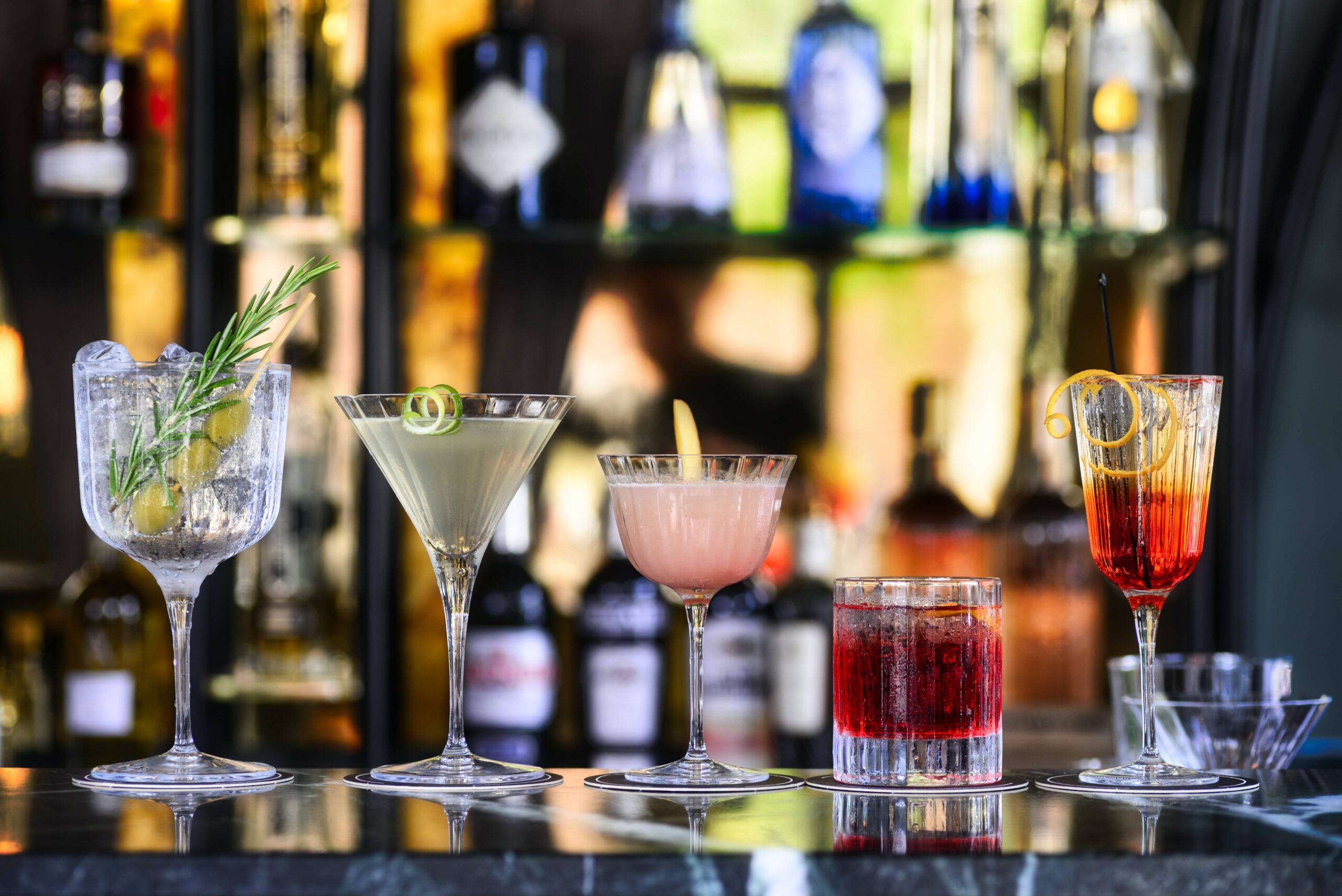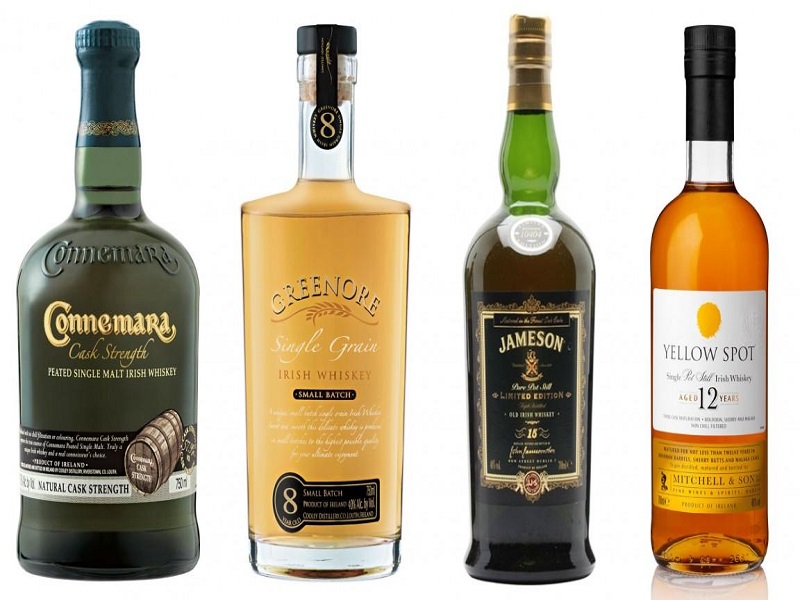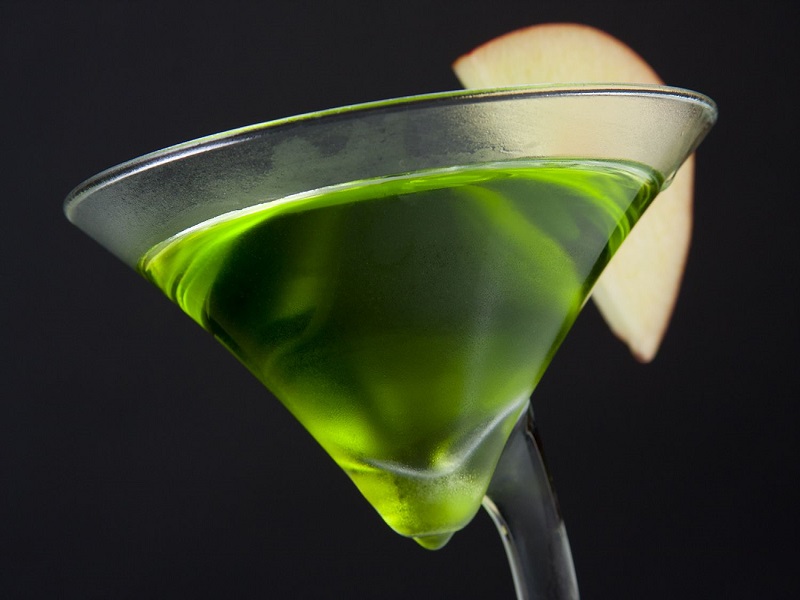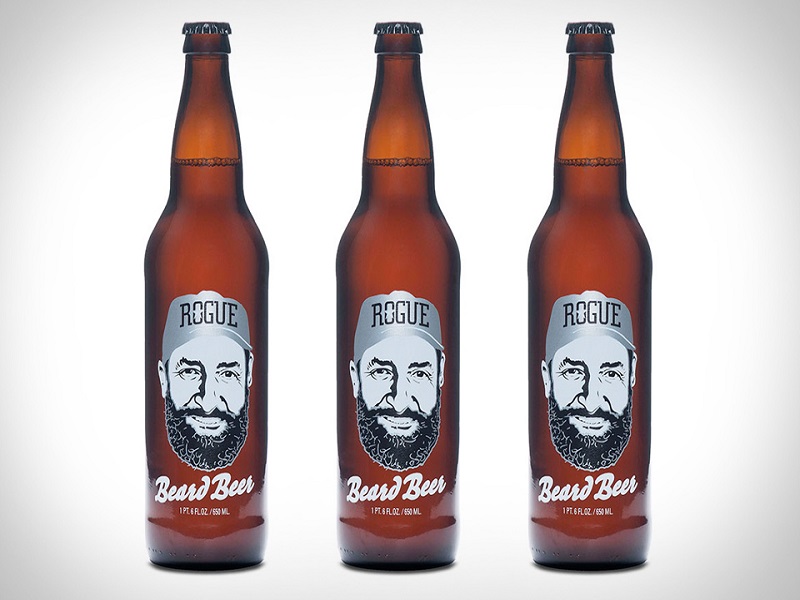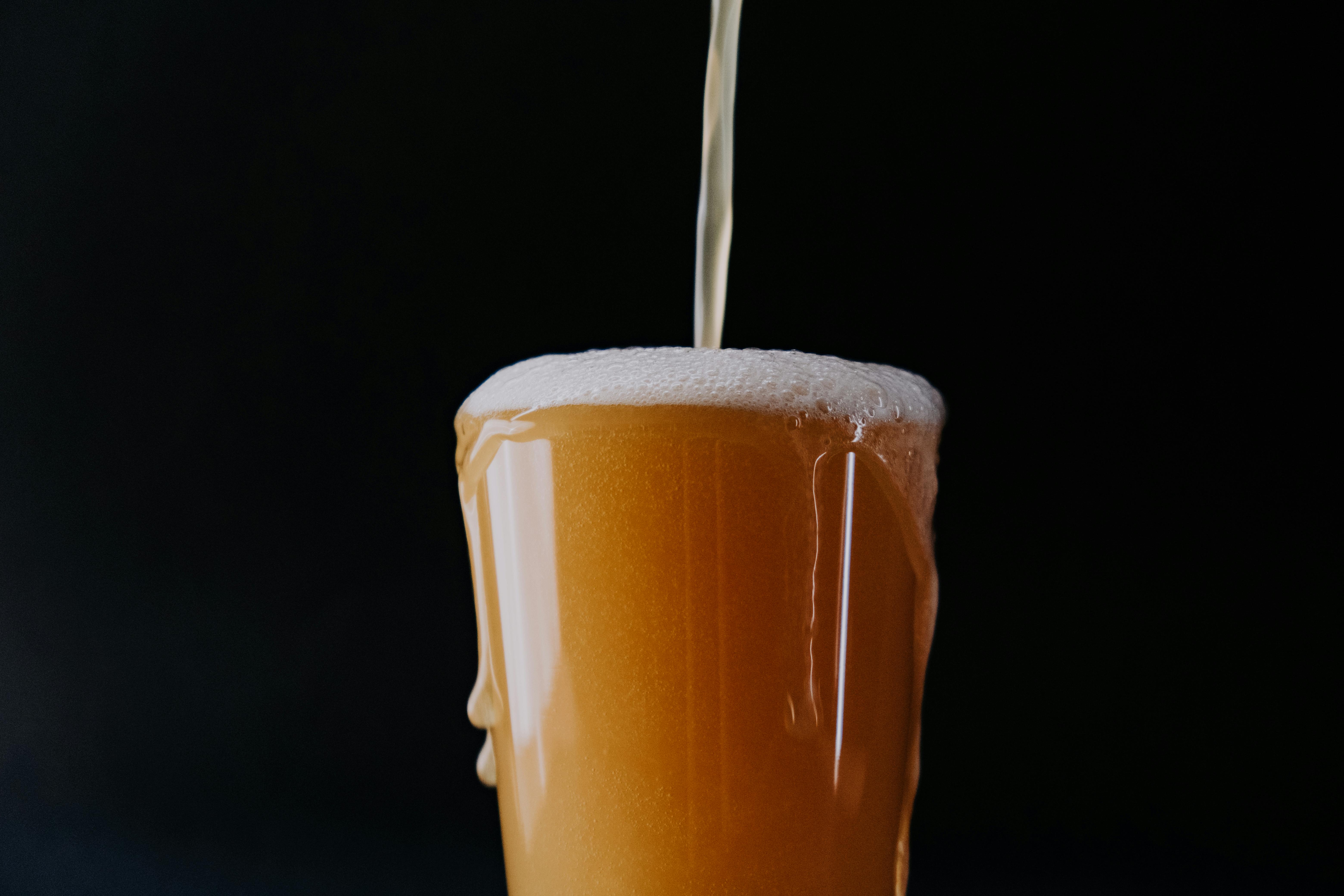Whiskey connoisseurs, I expect you all to know the difference between your scotch and your bourbon. But for those who’ve just entered the world of whiskey drinking, you should know that the Scots and the Americans are extremely proud of their alcohol, and are always trying to stake their claim in the whiskey universe. Here are 5 differences between Scotch and Bourbon apart from the fact that one is brewed in Scotland and the other in the US:
The Grain
Whiskey is made from a mixture of fermented grain, but to qualify as scotch, the whiskey needs to be made by no grain other than malted barley. Bourbon, on the other hand, is different. It is brewed using a grain mash that needs to contain at least 51% corn. So technical, I tell you!

Casks For Aging
This one plays a role in the peculiar yet distinct flavours of both scotch and bourbon. Scotch is aged for not less than 3 years in casks made of oak. On the flip side, there is a very subtle detail difference as bourbon is matured for a minimum of 2 years in oak casks that are charred, lending it a smokier taste.

Alcohol Content
Another slight difference, but a difference nonetheless. Scotch whiskey usually has an ABV between 60-75% after distillation, while the alcohol content in bourbon is allowed to go right up to 80% post-distillation, by US law. Clearly, the Americans like it a wee bit stronger.

Additives
The Scots feel that it is perfectly okay to add external ingredients to influence the color of their whiskey (largely caramel influenced), while the Americans on the other hand, don’t believe in additives for coloring their Kentucky brewed homegrown poison (largely dark brown, amber colored). Because then, it does not qualify as ‘straight’ bourbon.

Flavor
It’s difficult to generalize how scotch tastes because different scotches from different parts of Scotland have their own peculiar flavors. But if a generic view had to be given about the flavor of scotch in relation to bourbon, the former carries a more floral, salty, and sometimes spicy taste, while the latter mostly always lies on the sweeter side because it is brewed with corn, which naturally tends to be sweet.

Summing Up
There you have it! We get that it can be pretty easy to jumble things up between scotch and bourbon. But with our helpful guide by your side, we’re sure that you won’t have many doubts about these drinks. Things that make scotch and bourbon different are quite a lot, but trust us, you’ll get there eventually. For now, sit back and grab a glass of either of these drinks. Cheers!
FAQs
Which Scotch Is Tasty?
Scotch whiskey comes in different taste notes and smoothness which opens a wide palette to its consumers. Depending on your preference, you can choose the one that suits your taste.
What Is The Smoothest Scotch?
The Glenmorangie 18-Year-Old Extremely Rare is claimed to be one of the smoother whiskeys in the market.
How To Drink Scotch?
Scotch whiskey can be consumed neat or over ice. This lets the consumer taste the whiskey’s original flavor and taste its highlighting notes. You can also add mixers if that’s your style.
What Is The Traditional Way Of Drinking Whiskey?
The easiest way to drink whiskey is having it neat and sipping water with cool water in between.
Why Do Indians Add Water To Whiskey?
By adding water to whiskey, the flavor improves significantly which enhances the experience.
What Is Bourbon Whiskey?
Bourbon is a type of American whiskey that is made primarily from corn, along with other grains such as rye, wheat, or barley, and aged in charred oak barrels. It’s known for its distinctive sweet and caramel-like flavor profile.
Are There Any Food Pairings That Go Well With Bourbon Whiskey?
Yes, bourbon whiskey can be paired with various foods to enhance the tasting experience. Some popular food pairings with bourbon whiskey include grilled meats, smoked foods, dark chocolate, caramel desserts, and cheeses with bold flavors such as blue cheese or aged cheddar.
Can I Find Aged Bourbon Whiskey In India?
Yes, some bourbon whiskey brands in India offer aged variants that are aged for several years, which are generally considered to be of higher quality and offer more complex flavors. However, availability may vary depending on the region and store.




